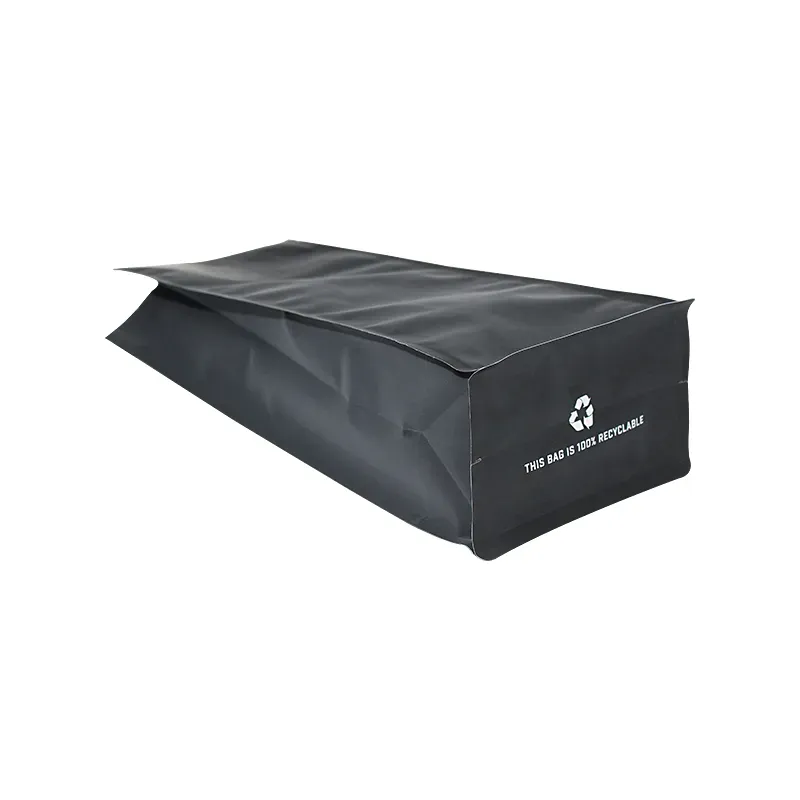- Afrikaans
- Albanian
- Amharic
- Arabic
- Armenian
- Azerbaijani
- Basque
- Belarusian
- Bengali
- Bosnian
- Bulgarian
- Catalan
- Cebuano
- chinese_simplified
- chinese_traditional
- Corsican
- Croatian
- Czech
- Danish
- Dutch
- English
- Esperanto
- Estonian
- Finnish
- French
- Frisian
- Galician
- Georgian
- German
- Greek
- Gujarati
- haitian_creole
- hausa
- hawaiian
- Hebrew
- Hindi
- Miao
- Hungarian
- Icelandic
- igbo
- Indonesian
- irish
- Italian
- Japanese
- Javanese
- Kannada
- kazakh
- Khmer
- Rwandese
- Korean
- Kurdish
- Kyrgyz
- Lao
- Latin
- Latvian
- Lithuanian
- Luxembourgish
- Macedonian
- Malgashi
- Malay
- Malayalam
- Maltese
- Maori
- Marathi
- Mongolian
- Myanmar
- Nepali
- Norwegian
- Norwegian
- Occitan
- Pashto
- Persian
- Polish
- Portuguese
- Punjabi
- Romanian
- Russian
- Samoan
- scottish-gaelic
- Serbian
- Sesotho
- Shona
- Sindhi
- Sinhala
- Slovak
- Slovenian
- Somali
- Spanish
- Sundanese
- Swahili
- Swedish
- Tagalog
- Tajik
- Tamil
- Tatar
- Telugu
- Thai
- Turkish
- Turkmen
- Ukrainian
- Urdu
- Uighur
- Uzbek
- Vietnamese
- Welsh
- Bantu
- Yiddish
- Yoruba
- Zulu
Exploring Different Packaging Formats for Enhanced Product Presentation and Sustainability
Understanding Packaging Formats A Comprehensive Overview
In the modern consumer landscape, the packaging of products plays a pivotal role not only in preservation but also in communicating brand identity, attracting consumers, and fostering sustainability. As consumers become increasingly discerning about the products they purchase, understanding the various packaging formats available becomes essential for manufacturers, marketers, and consumers alike. This article explores the different types of packaging formats, their benefits, and trends shaping the industry.
Types of Packaging Formats
1. Primary Packaging This is the packaging that directly contains the product. It is the first layer of protection, and examples include bottles for beverages, boxes for cereals, and tubes for creams. The design of primary packaging is crucial as it interacts directly with consumers. A well-designed package can inform, attract attention, and influence purchasing decisions.
2. Secondary Packaging This layer serves to group primary packages together. It is usually used for shipping and display purposes. For example, multiple cans of soda might be packaged in a cardboard box. Secondary packaging enhances product protection during transportation and can also serve marketing purposes through branding.
3. Tertiary Packaging Primarily used for transportation and bulk handling, tertiary packaging ensures products arrive safely at their final destination. This includes pallets and shipping containers. While not typically seen by the end consumer, effective tertiary packaging can streamline logistics and reduce costs.
4. Flexible Packaging This type includes bags, pouches, and wraps made from flexible materials. Flexible packaging is lightweight, reduces waste, and can be designed for resealability, making it a popular choice for snacks, pet food, and various consumer products. The adaptability and convenience of flexible packaging have contributed significantly to its increasing popularity.
5. Rigid Packaging Comprising materials like glass, metal, and hard plastics, rigid packaging is designed to hold its shape and provide robust protection for products. Common applications include jars for sauces and cans for beverages. Rigid packaging is often perceived as being more premium and can enhance the product's shelf appeal.
6. Sustainable Packaging As environmental awareness grows, sustainable packaging formats are gaining traction. These include biodegradable materials, recyclable packaging, and reusable containers. Brands are increasingly seeking to minimize their environmental footprint through innovative packaging solutions that align with consumer values regarding sustainability.
The Importance of Packaging Formats
Packaging formats greatly influence a product's appeal and functionality
. Here are some reasons why they matterpackaging format

- Protection Packaging protects products from physical damage, contamination, and spoilage. It ensures that consumers receive items in optimal condition, bolstering brand reputation.
- Communication Packaging serves as a communication tool. It provides essential information about the product, including ingredients, usage instructions, and expiry dates. Moreover, it conveys brand values and storytelling through design, color, and typography.
- Consumer Experience A well-designed package enhances the consumer experience. Easy-to-open, aesthetically pleasing, and functionally effective packaging can cultivate consumer loyalty and encourage repeat purchases.
- Environmental Impact With a growing emphasis on sustainability, packaging formats that prioritize eco-friendliness can attract environmentally conscious consumers. Brands that invest in sustainable packaging can differentiate themselves in competitive markets.
Emerging Trends in Packaging Formats
The packaging industry is continually evolving, influenced by technological advancements and changing consumer preferences. Here are some notable trends
- Smart Packaging Using technology, smart packaging can provide consumers with real-time information about the product, such as freshness indicators or QR codes linking to promotional content.
- Minimalist Design There is a noticeable shift towards minimalist packaging design. Clean, simple designs often appeal more to consumers and can communicate a brand's sophistication.
- Custom Packaging Personalized packaging solutions provide brands with unique ways to engage consumers, reinforcing brand identity and enhancing the customer experience.
In conclusion, packaging formats transcend mere containment; they are integral to the product's success in the marketplace. By understanding different packaging types and their implications, manufacturers can make informed choices that resonate with consumers and foster brand loyalty. As trends evolve, the focus will undoubtedly continue to shift towards sustainable and innovative packaging solutions that meet the needs of a dynamic market.













